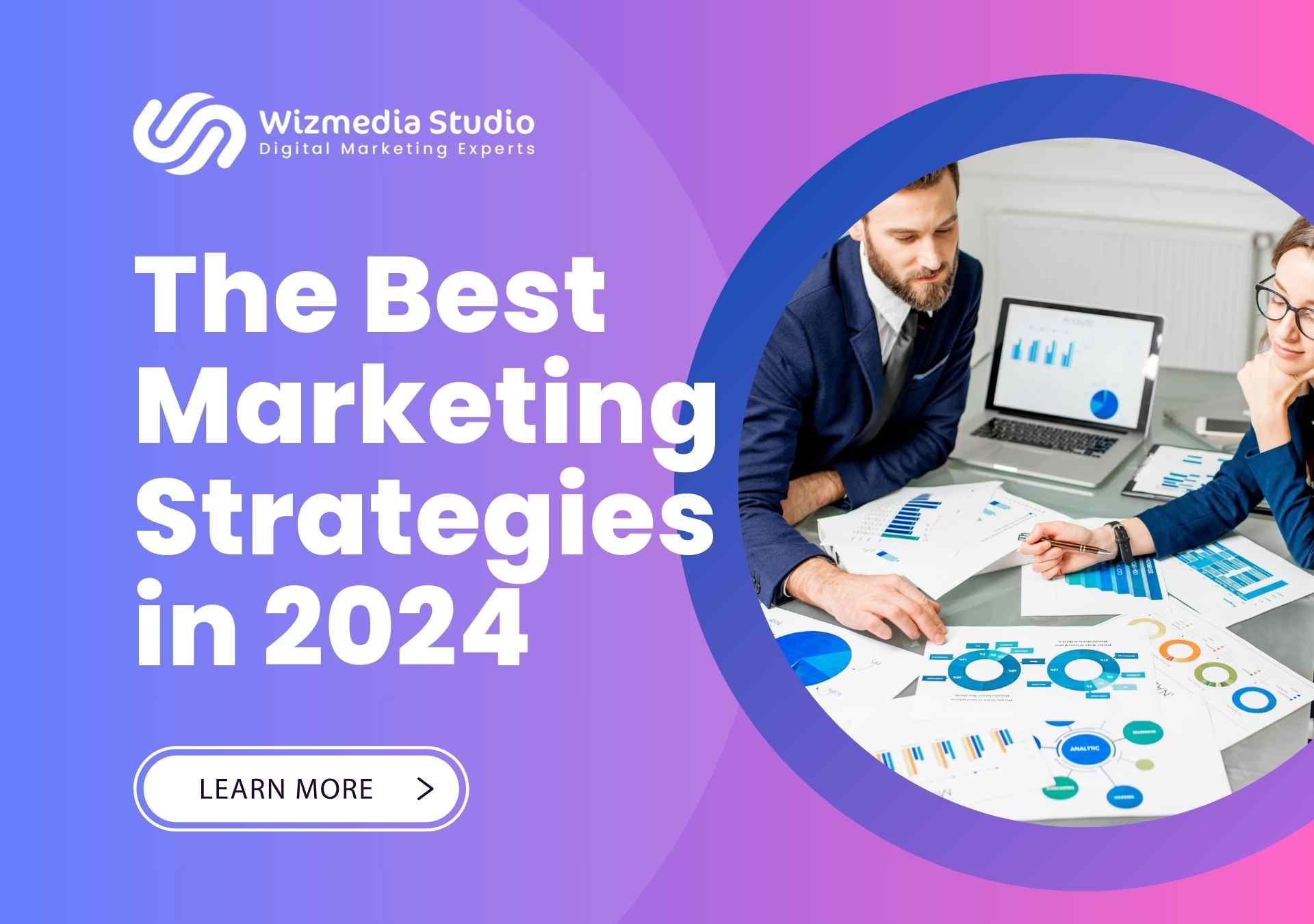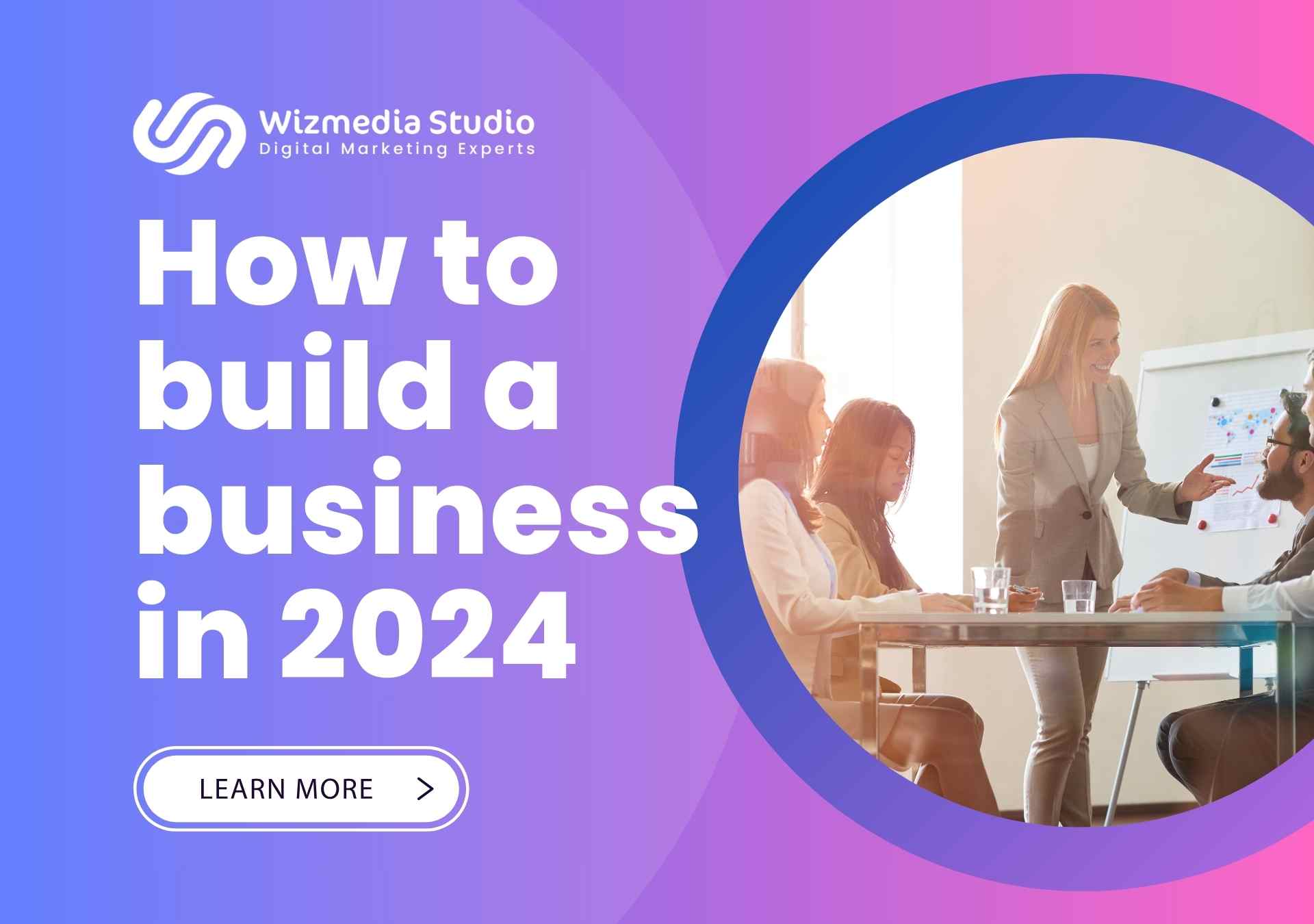
The Best Marketing Strategies in 2024
In the ever-evolving landscape of digital marketing, businesses are continually challenged to adapt to emerging trends and consumer preferences. As we navigate through 2024, a multitude of marketing strategies have emerged as essential tools for engaging audiences, driving conversions, and fostering brand loyalty. Let’s explore ten key strategies that are shaping the marketing landscape:
1. Video Content Marketing
Video content has become a dominant force in digital marketing, captivating audiences and conveying messages in a highly engaging format. From brand storytelling to product demonstrations and customer testimonials, video content allows businesses to connect with their audience on a deeper level. With platforms like YouTube, TikTok, and Instagram prioritizing video content, businesses can leverage this medium to increase brand awareness and drive user engagement.
2. Email Marketing
Despite the rise of various digital channels, email marketing remains a cornerstone of effective communication with customers. In 2024, businesses are leveraging advanced automation tools and personalization techniques to deliver targeted and relevant content directly to their subscribers’ inboxes. By segmenting their email lists and crafting compelling messages, businesses can nurture leads, drive conversions, and foster long-term customer relationships.
3. SEO (Search Engine Optimization)
In an increasingly competitive online landscape, SEO plays a crucial role in ensuring that businesses are discoverable by their target audience. By optimizing their website structure, content, and metadata, businesses can improve their visibility in search engine results pages (SERPs) and drive organic traffic to their websites. With the rise of voice search and mobile browsing, businesses are also focusing on optimizing their content for natural language queries and mobile devices.
4. Google Business Profile Optimization
A well-optimized Google Business Profile is essential for local businesses looking to attract customers in their area. By providing accurate and up-to-date information about their business, including their address, phone number, and business hours, businesses can improve their visibility in local search results. Additionally, businesses can leverage features such as Google Posts, customer reviews, and photos to enhance their profile and build trust with potential customers.
5. Influencer Marketing
Influencer marketing continues to be a powerful strategy for businesses looking to reach new audiences and build brand credibility. By partnering with influencers who have a strong following and align with their brand values, businesses can amplify their message and drive engagement. Whether through sponsored content, influencer takeovers, or brand collaborations, businesses can leverage the influence and reach of influencers to connect with their target audience in authentic and meaningful ways.
6. PPC (Pay-Per-Click) Ad Campaigns on Facebook and Google
PPC advertising on platforms like Facebook and Google allows businesses to target specific demographics, interests, and behaviors with highly relevant ads. By leveraging advanced targeting options and optimization techniques, businesses can maximize their return on investment (ROI) and drive conversions. Whether through search ads, display ads, or social media ads, PPC campaigns enable businesses to reach their target audience at every stage of the buyer’s journey.
7. User-Generated Content
User-generated content (UGC) has become a valuable asset for businesses looking to foster authenticity and engagement with their audience. By encouraging customers to share their experiences, reviews, and testimonials, businesses can create a sense of community and trust around their brand. Whether through social media hashtags, contests, or customer showcases, businesses can leverage UGC to amplify their message and build brand advocacy.
8. Hyper-Personalization
Hyper-personalization involves tailoring marketing messages and experiences to individual customer preferences, behaviors, and interests. By leveraging data analytics, machine learning, and automation tools, businesses can deliver highly targeted and relevant content across various channels and touchpoints. From personalized product recommendations to dynamic email content and website personalization, businesses can create seamless and personalized experiences that resonate with their audience and drive conversions.
9. Improved User Experience Across Devices
With the proliferation of mobile devices and the increasing importance of user experience (UX), businesses are prioritizing responsive design and mobile optimization. By ensuring that their website is fast, intuitive, and mobile-friendly, businesses can provide a seamless browsing experience for users across devices. Additionally, businesses are investing in progressive web apps (PWAs) and accelerated mobile pages (AMPs) to enhance performance and usability on mobile devices.
10. AR (Augmented Reality) and VR (Virtual Reality)-Based Tools and Apps
Augmented reality (AR) and virtual reality (VR) technologies are transforming the way businesses engage with their audience and showcase their products and services. Whether through AR try-on experiences, VR product demos, or immersive brand activations, businesses can create memorable and interactive experiences that drive engagement and differentiate their brand. From retail and real estate to education and entertainment, AR and VR offer endless possibilities for businesses to innovate and captivate their audience.
Conclusion
In conclusion, the marketing landscape of 2024 is defined by innovation, adaptability, and a relentless focus on customer experience. By embracing these ten key strategies and staying abreast of emerging trends and technologies, businesses can position themselves for success in an ever-evolving digital world. From video content marketing to AR and VR experiences, the future of marketing is ripe with opportunities for businesses to connect with their audience, drive conversions, and foster brand loyalty.




